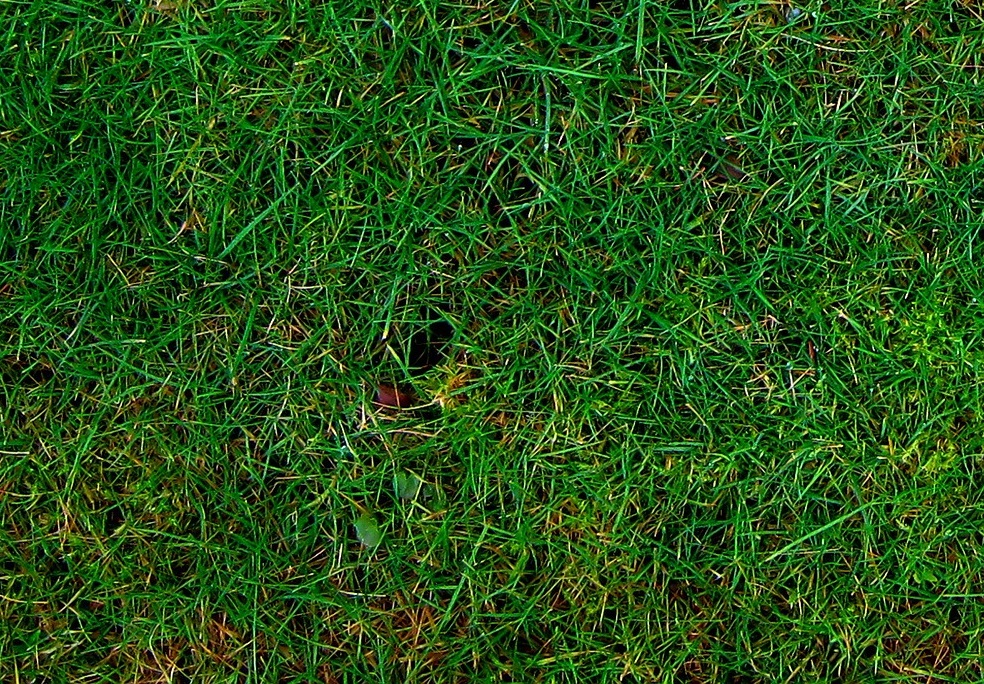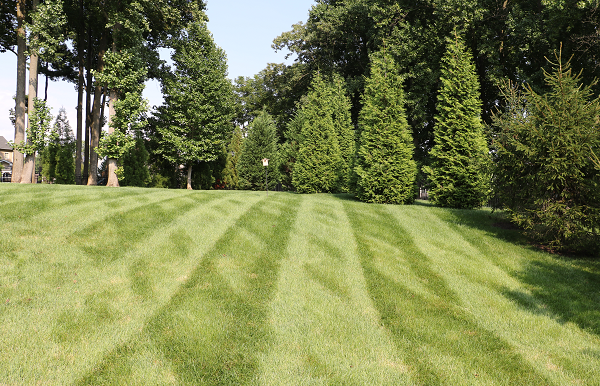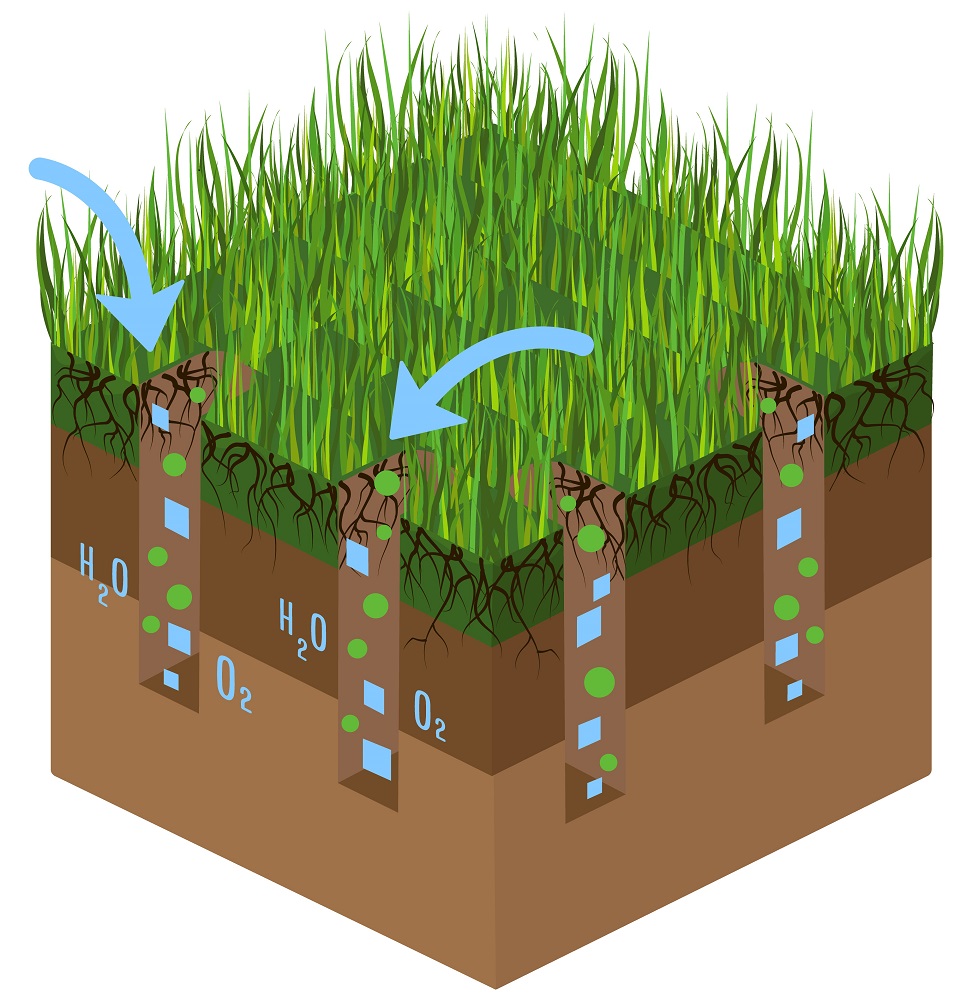Is Overseeding Lawns in Spring Ideal?
Every homeowner wants to keep their lawn looking full and beautiful, but sometimes, issues arise to make having the perfect landscape difficult. Hot, dry weather, pests and diseases, and many other factors can leave lawns looking thin and unhealthy. When those problems occur, overseeding is a solution that can help mitigate and prevent some of the issues homeowners face. But when is the best time to overseed a lawn, and why? Spring is an ideal time, and below we discuss the benefits of overseeding lawns in spring.
Learn More about Overseeding Here
What is Overseeding a Lawn?
Overseeding is spreading grass seed over an existing lawn without turning the soil. A lawn care professional will overseed a lawn for various reasons, from correcting a thinning lawn to adding more color (creating a full green lawn) or introducing enhanced grass varieties. While overseeding is a great step to maintaining a healthy, lush lawn, like other landscaping processes, choosing the best time is crucial to success.
When Should Overseeding Be Done?
The best time to overseed your property depends on where you live. For Pennsylvanians, most of whom have cool-season grass lawns, that means overseeding in spring. Spring brings favorable conditions for the new turf seeds.
During spring, the soil retains moisture well enough and is warm enough to support germination. The weather is also more temperate than mid-to-late summer, which is ideal for newly planted, tender grass to develop and grow. Grass will also get plenty of sunlight since your trees will likely have fewer leaves than in summer.
If you decide to overseed your lawn during spring, reach out to a turf care professional

as early as possible to give the grass the most time to grow before the hot, dry summer kicks in. Fall is another option for overseeding, as the environmental conditions for proper turf growth (cooler air, moist soil, sunlight) are suitable. Summer and winter are generally poor times to start overseeding, as the temperatures are too extreme and can be a detriment to the new grass.
Learn About Our Turf Care Programs

What Are The Benefits of Overseeding Lawns?
Whether you decide on spring or fall, overseeding lawns benefits your property. As previously mentioned, overseeding is a good solution if your lawn suffers from thinning due to drought, insect, or disease damage. So, if your grass looks thin and sparse or has patches of dead grass, overseeding can make your lawn thicker, fuller, and healthier.
The newly planted grass seeds can also prevent future issues. If a lawn looks bare, thin, or has a brown color, the grass may be stressed and vulnerable to pests and diseases. While overseeding grass, landscape professionals can use new grass varieties that are healthier, more disease-resistant, and deal better with stress.
In addition to making a lawn fuller and healthier, overseeding is also a great way to
maintain a uniform property without an entire renovation. Instead of having to renovate your current lawn with new sod, landscape professionals can add new seeds. Combine this with the proper watering and maintenance, and you can have a lush yard relatively quickly.
Common Questions About Overseeding
If you are considering overseeding your lawn, you may have questions about the process. Below are 3 of the most common questions people have about overseeding.
Will Overseeding Kill Weeds in Your Lawn?
Overseeding will not directly kill existing weeds but can help prevent new ones from growing.
A thick, healthy lawn with dense grass blades shades the soil, making a less hospitable environment for weed seeds to germinate.
A dense lawn also forces weeds to compete for water and nutrients. So, overseeding is a great strategy to create a thicker lawn that prevents weeds over time. However, if you already have many weeds in your lawn, we recommend treating/removing those weeds before overseeding.
How Do Lawn Overseeding and Lawn Aeration Work Together?
Overseeding and aeration are complementary lawn care techniques that create a thicker, healthier lawn. Here is a breakdown of how they relate to each other:
- Overseeding involves spreading grass seed over an existing lawn to fill in bare patches, thicken up thin areas, and introduce new grass varieties.
- Lawn aeration, on the other hand, loosens compacted soil by creating small holes or cores throughout the lawn. This allows air, water, and nutrients to reach the grass roots in the deeper layers of soil more efficiently, which aids healthy growth.
These two techniques work together because aeration creates openings in the soil, providing an excellent spot for grass seeds to land and germinate during overseeding. Without aeration, these new seeds might sit on top of the hard, compacted soil and fail to establish themselves. The result is improved seed-to-soil contact.
Another benefit of combining these lawn techniques is establishing strong grass roots. The loosened soil from aeration allows grass roots to grow deeper and stronger, making them more efficient at absorbing water and nutrients. This is especially beneficial for new grass seedlings trying to establish themselves.
Can Overseeding Change the Type of Grass on a Lawn?
Overseeding introduces new grass seeds to fill bare patches, thicken up thin areas, and introduce new grass varieties rather than replace the existing grass.
If you want or need a different type of grass for your lawn, a full renovation may be better than overseeding. A lawn renovation involves removing the existing sod and then seeding with a new type of grass seed or installing new sod. Contact us, and we can advise you on the ideal plan to get healthy grass and a more vibrant-looking property.
Contact Burkholder Landscape for Overseeding & Turf Care Services
Do you want to have a vibrant, healthy lawn? If so, contact Burkholder Landscape. Our team of passionate, knowledgeable landscape professionals has years of experience in turf care and our professionals are certified and trained in turf care best practices. We also offer many other services that will benefit your lawn, such as irrigation, landscape design, and more. Our sister company Burkholder PHC offers plant health care. Our history has many examples of working with Main Line area residents to beautify their properties. For more information on overseeding lawns in spring or our services, request a free consultation today.



